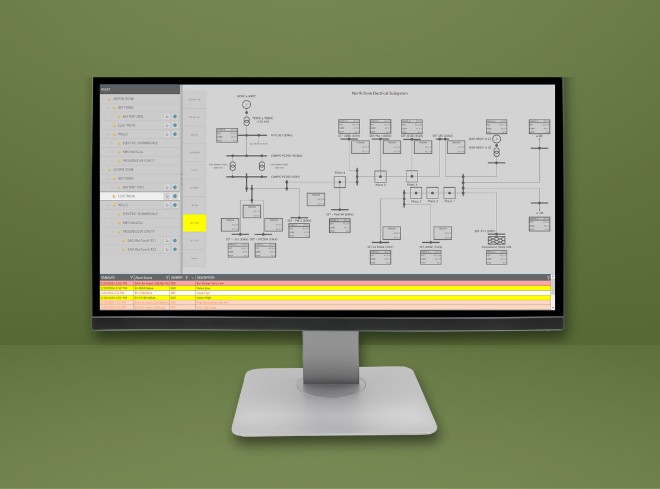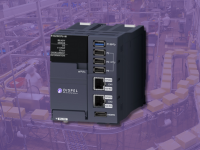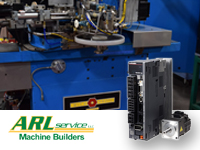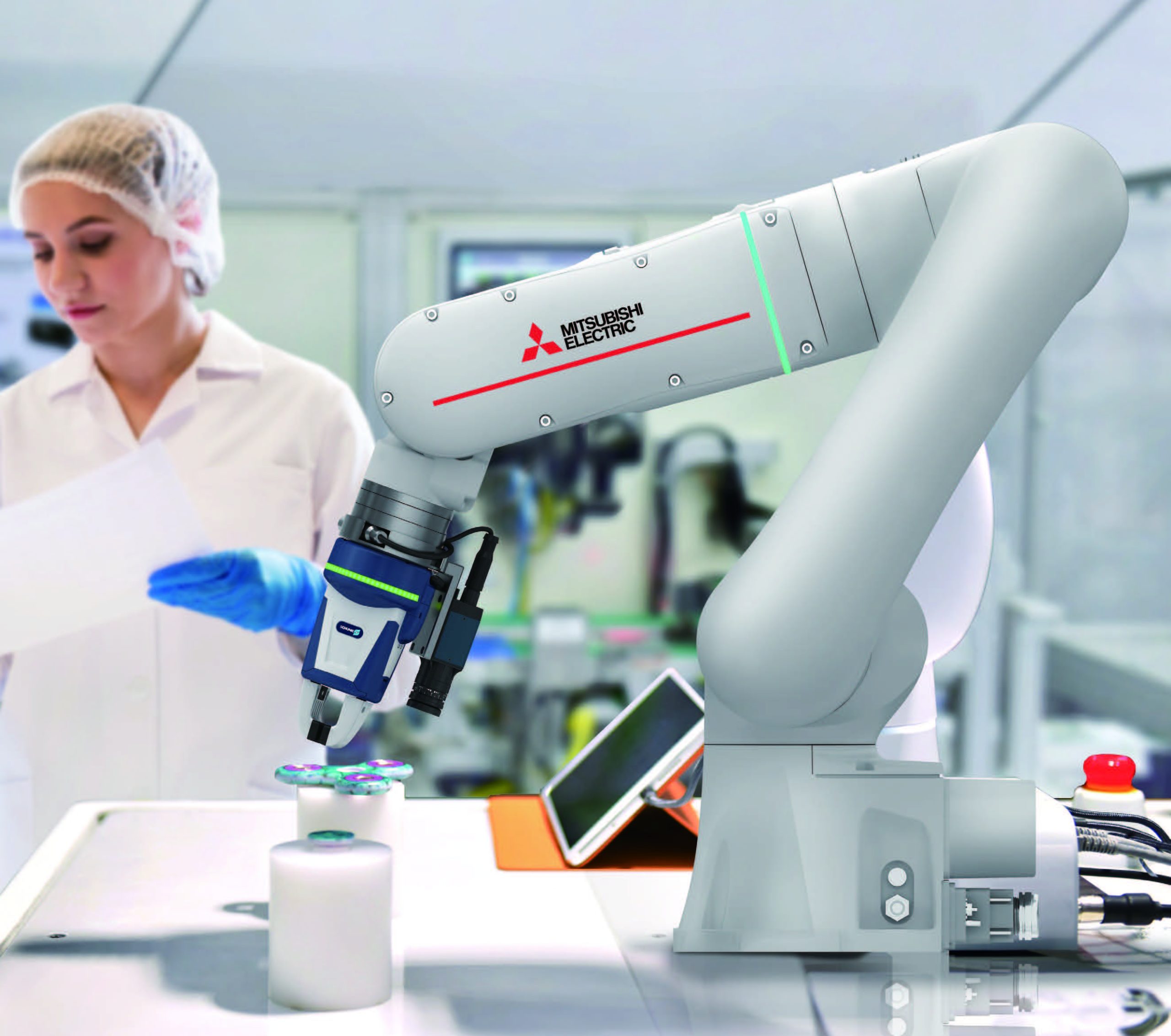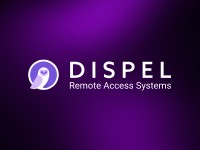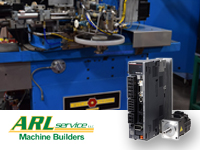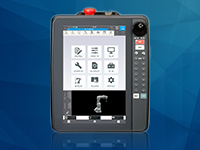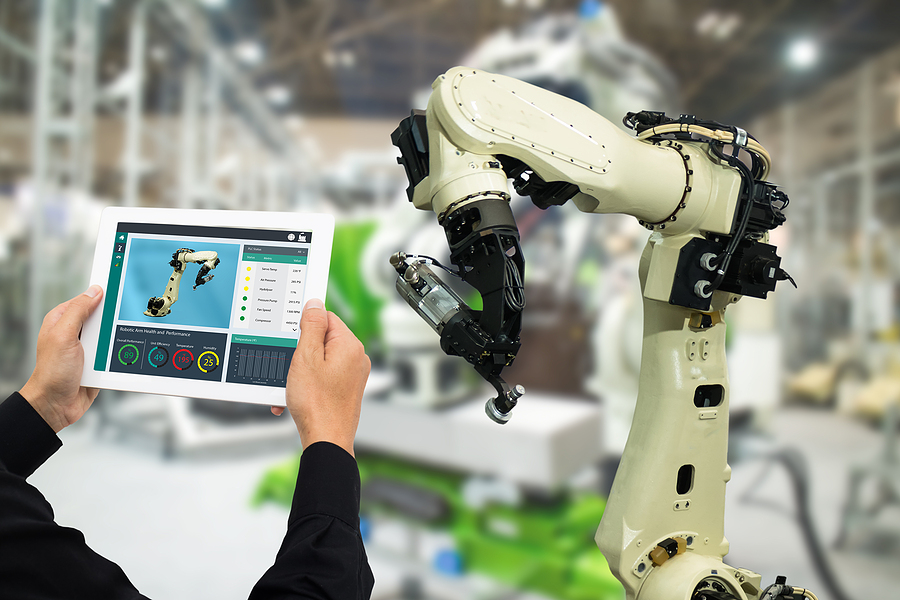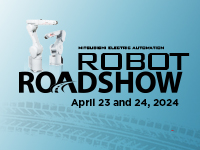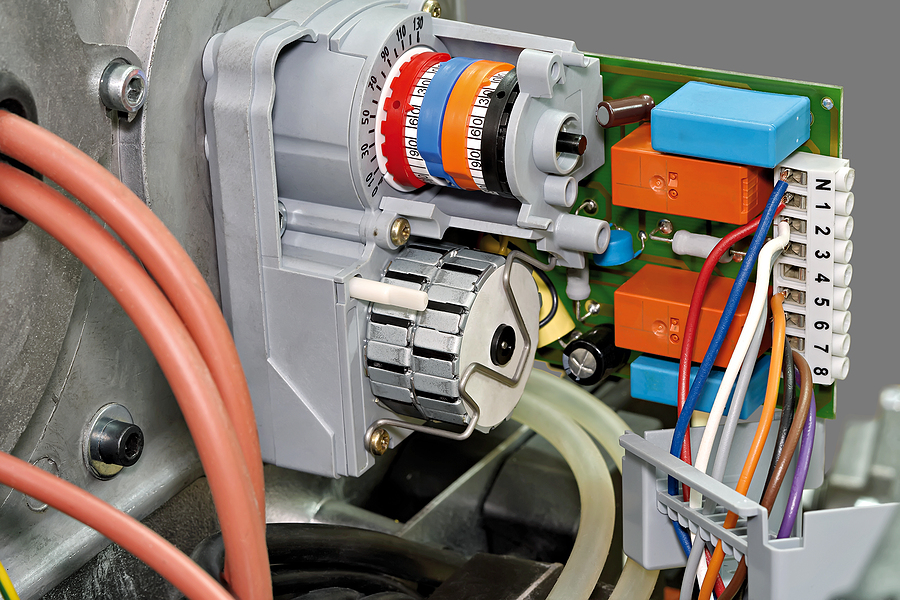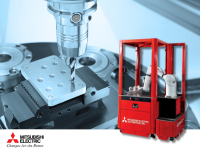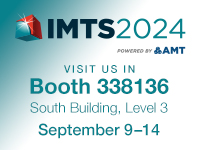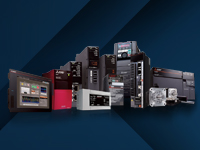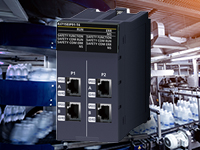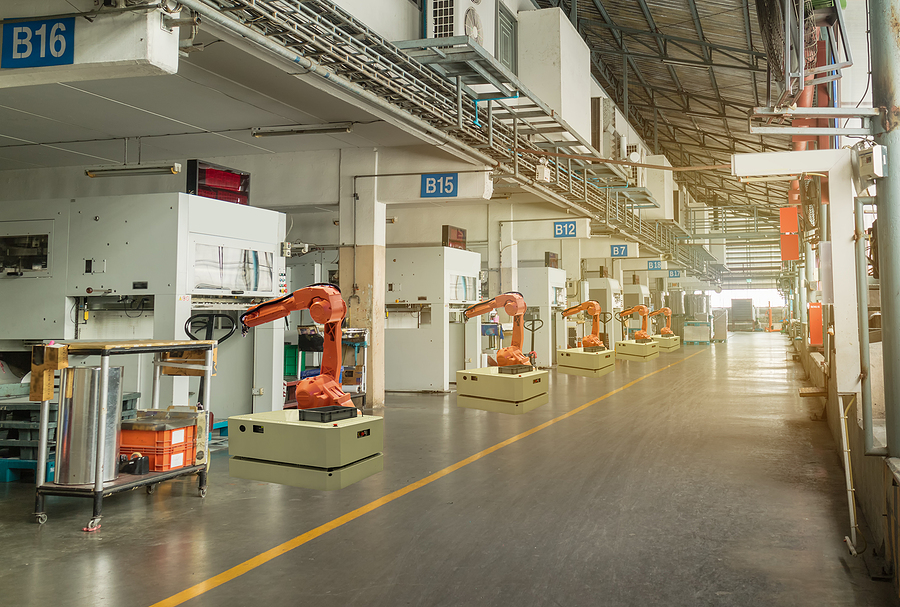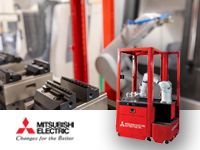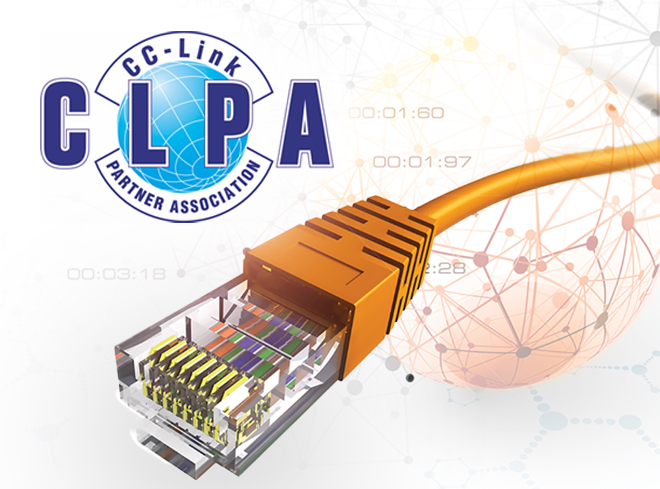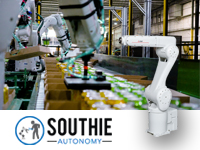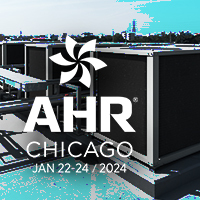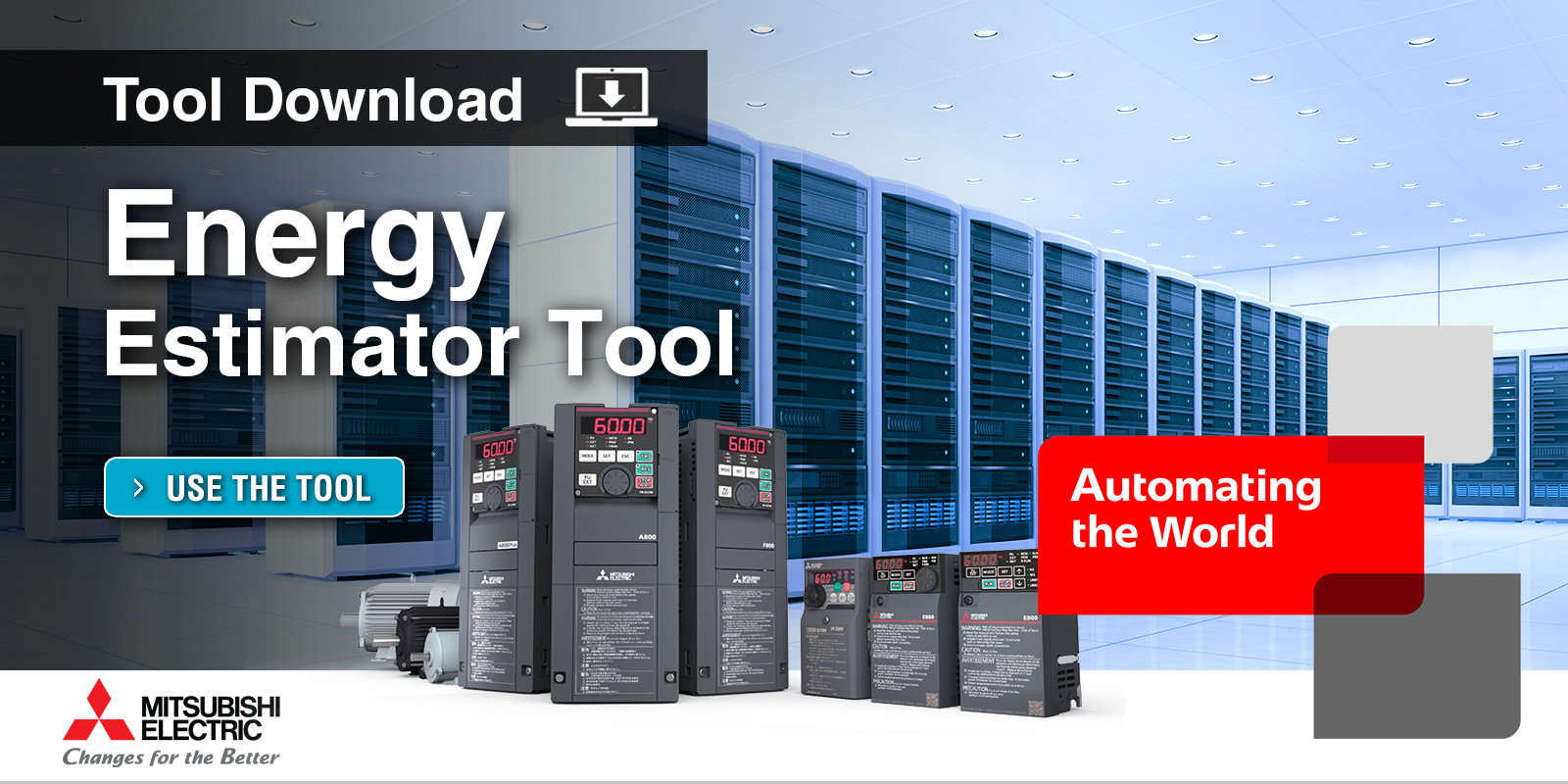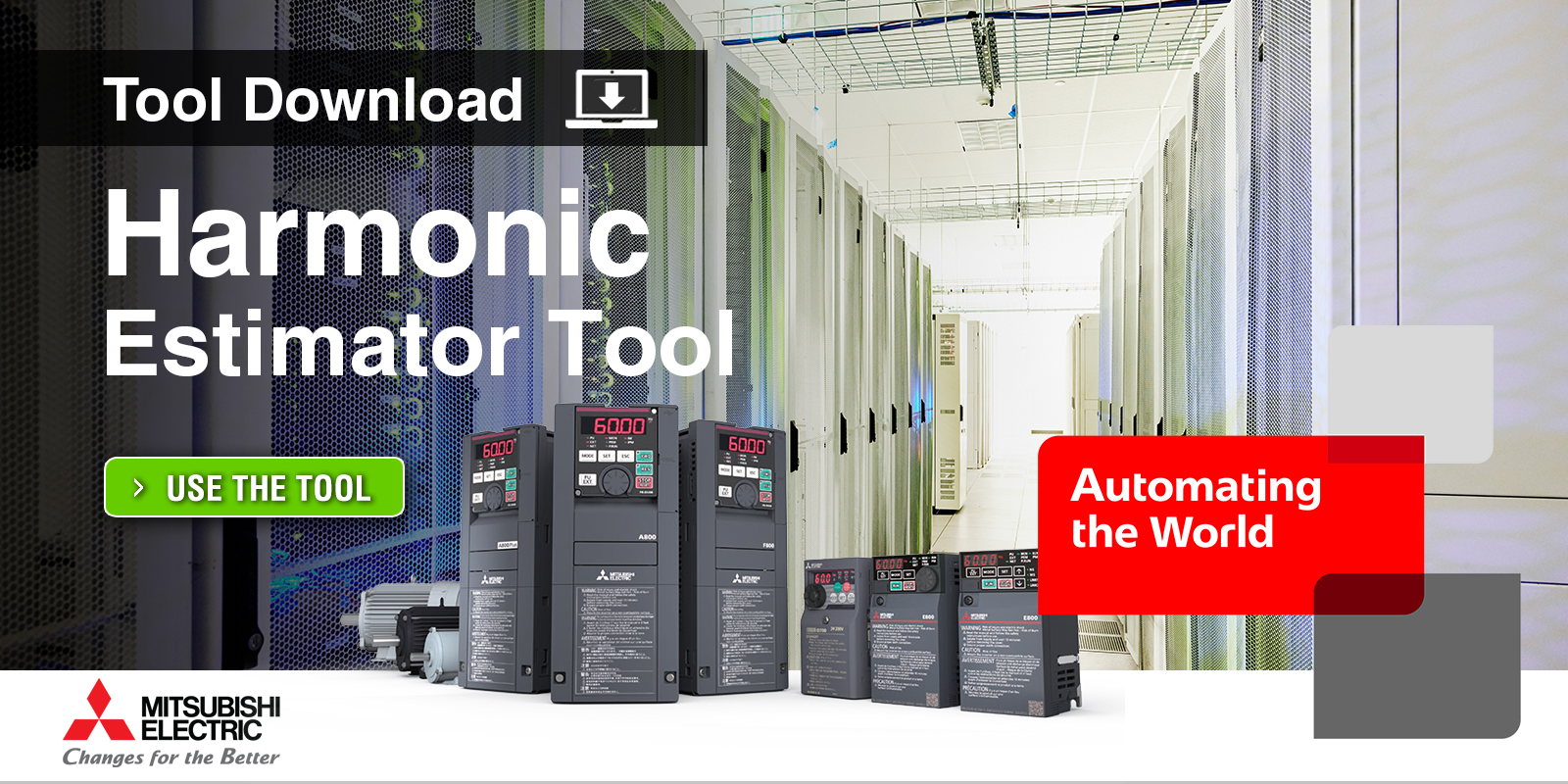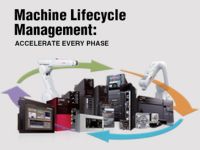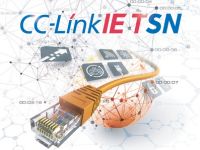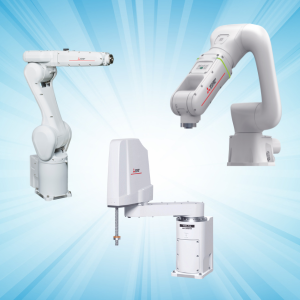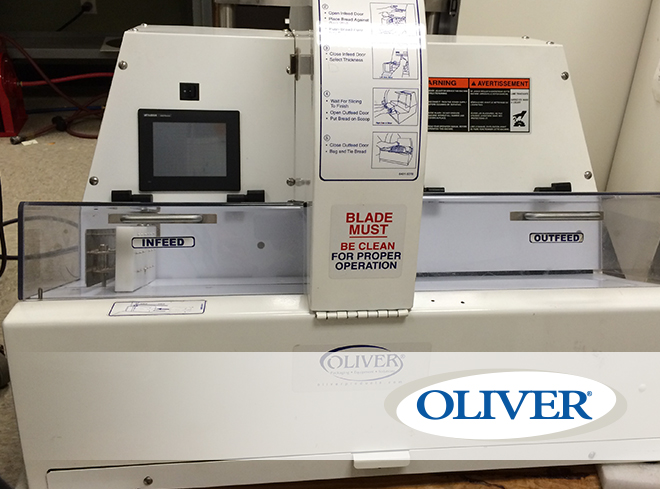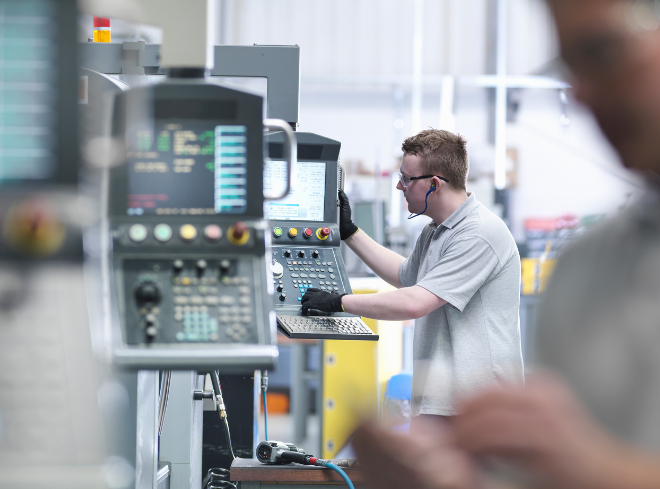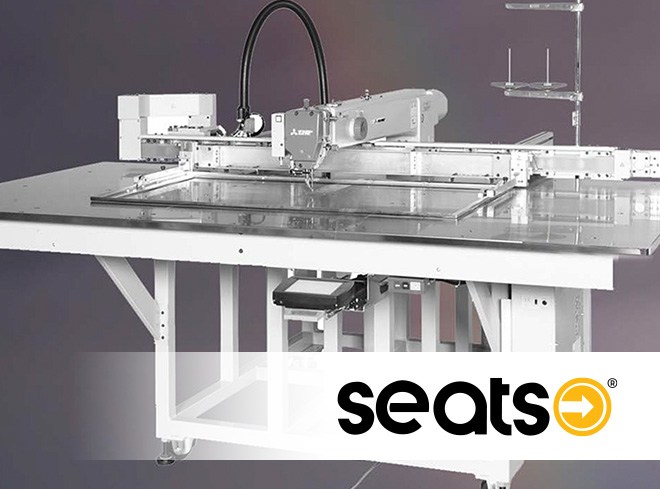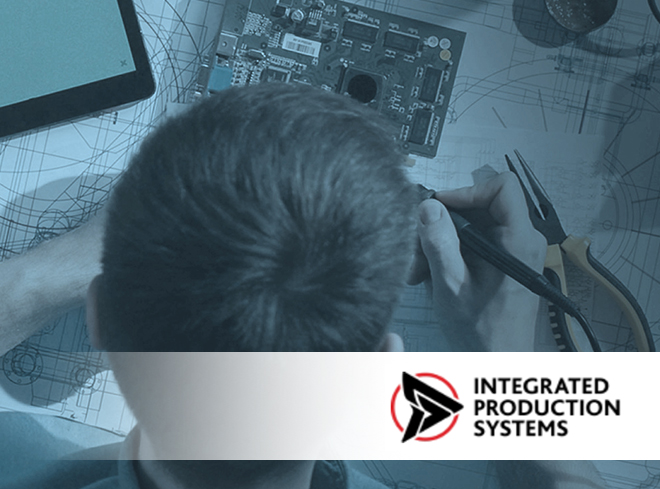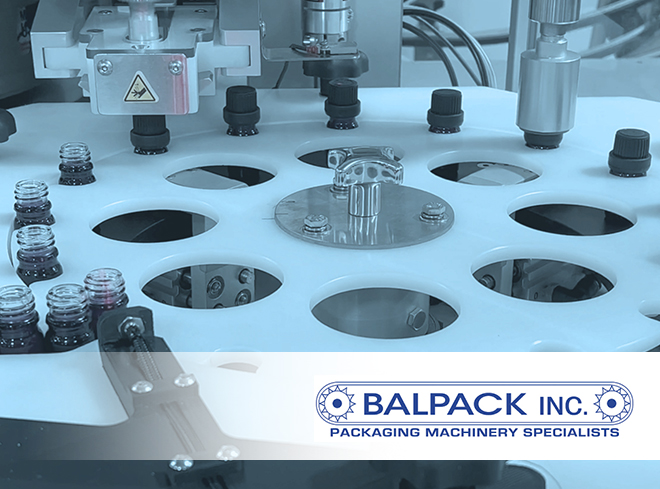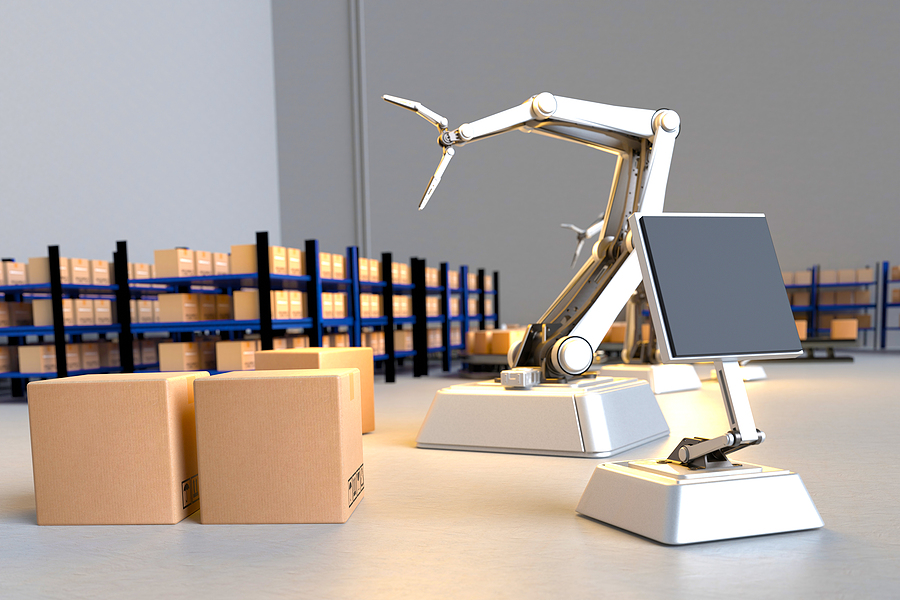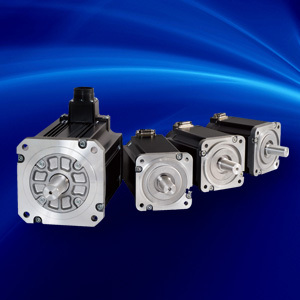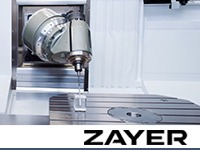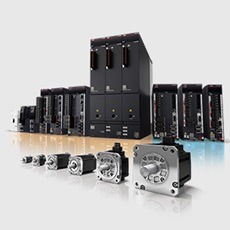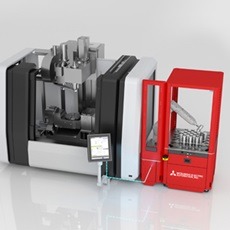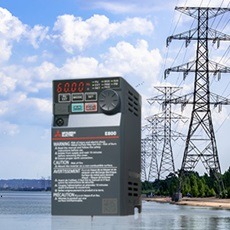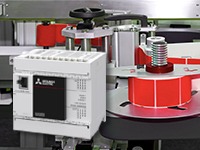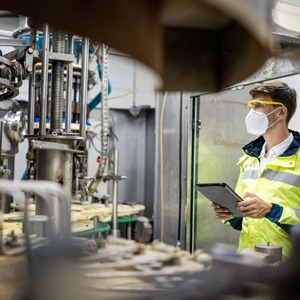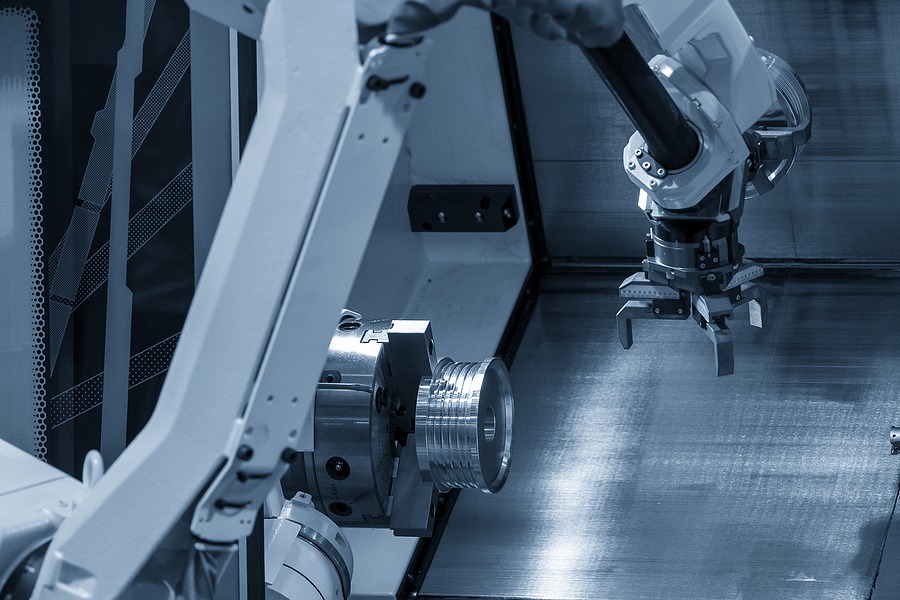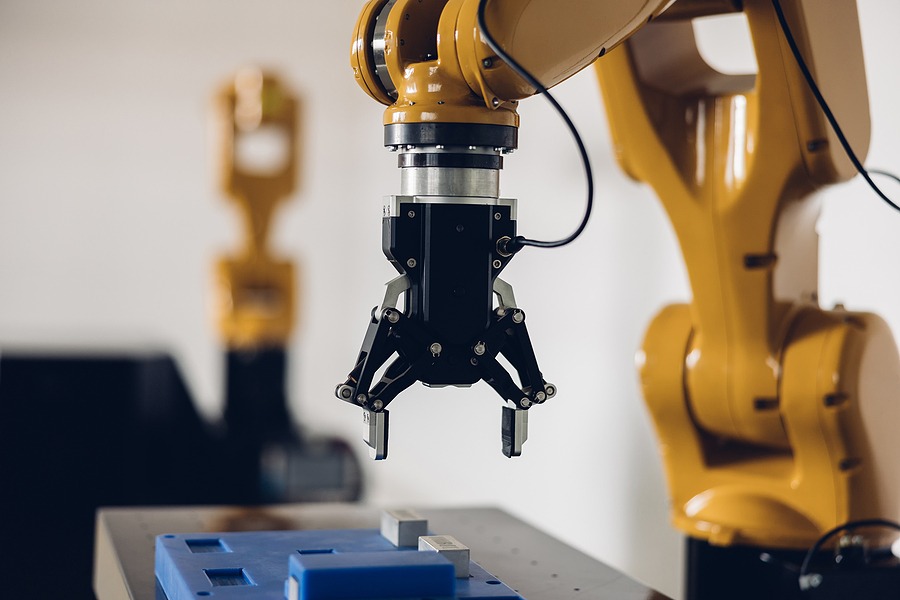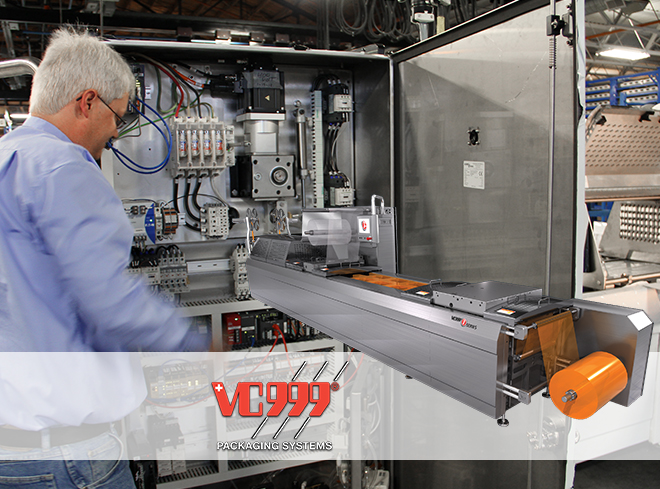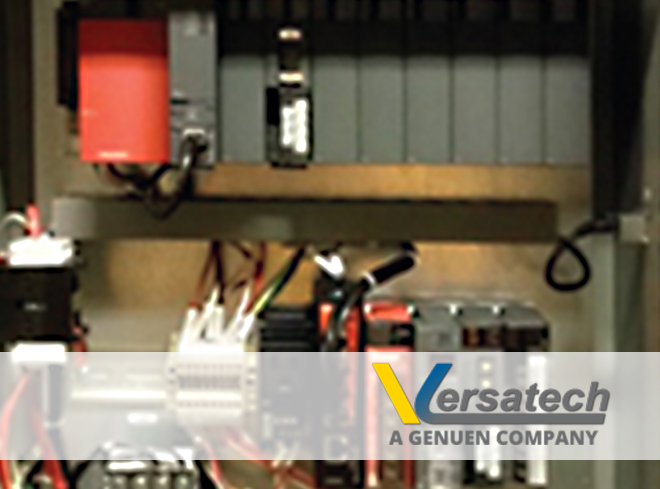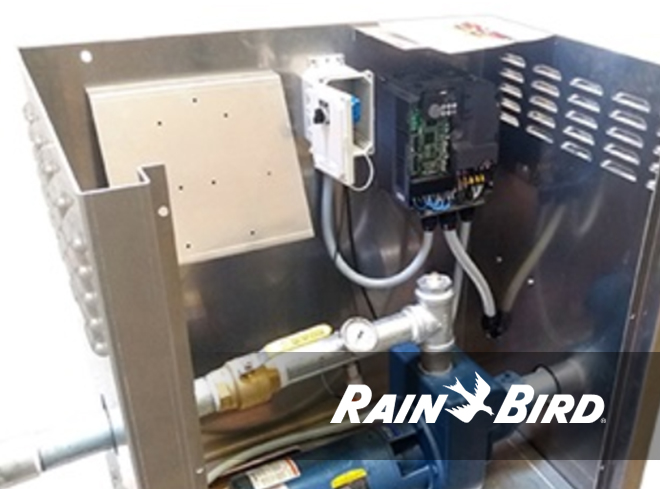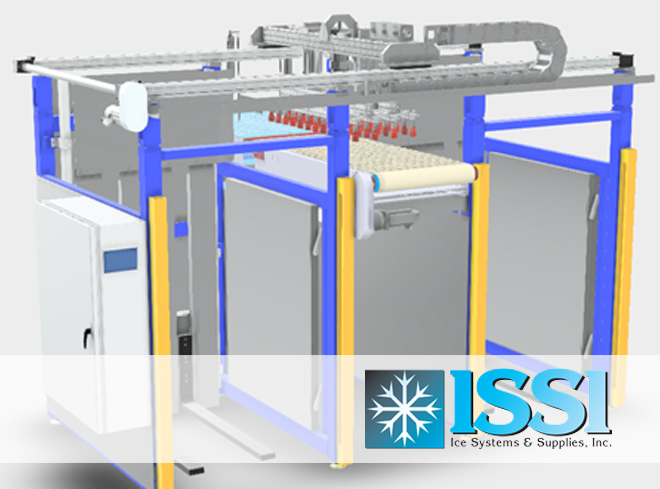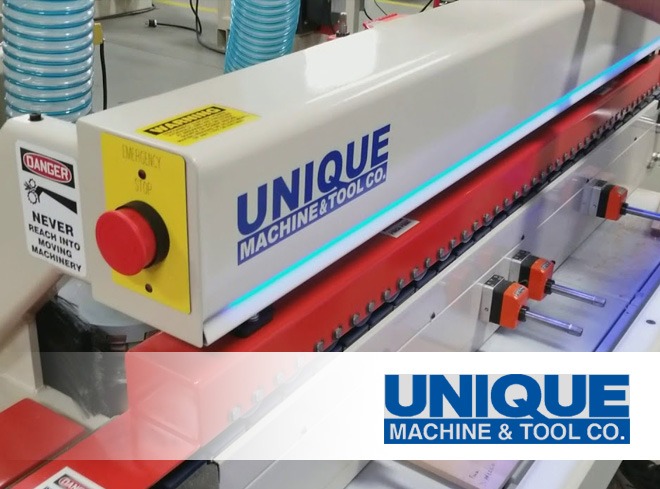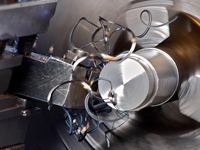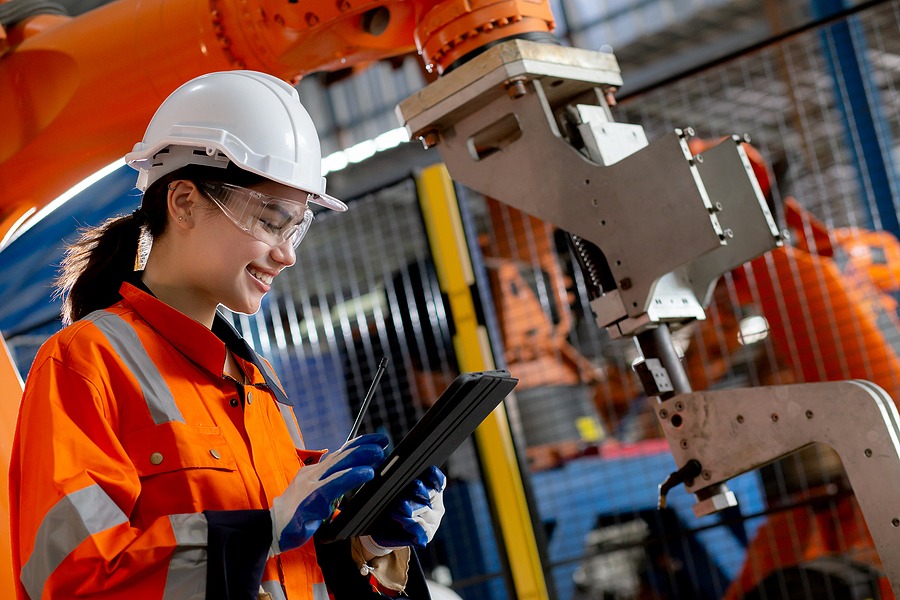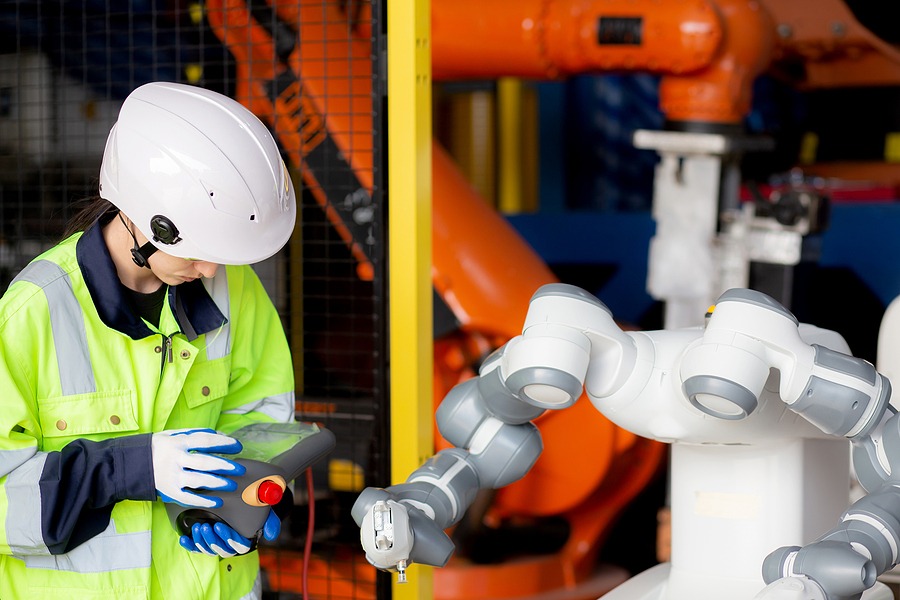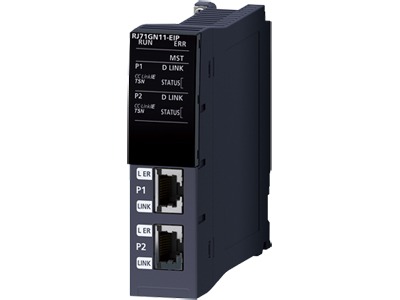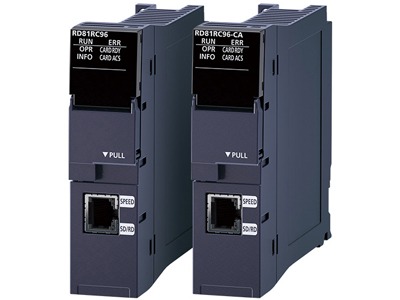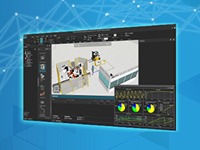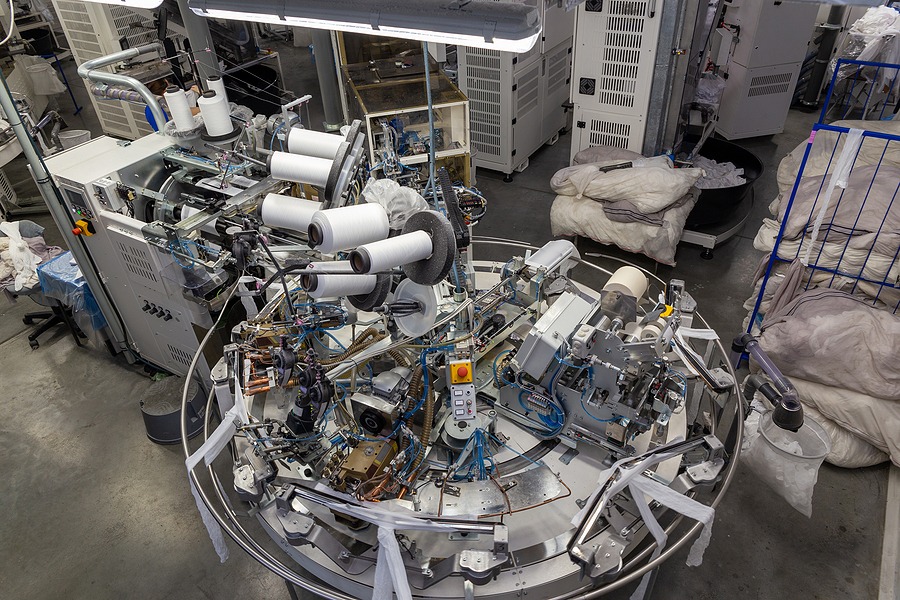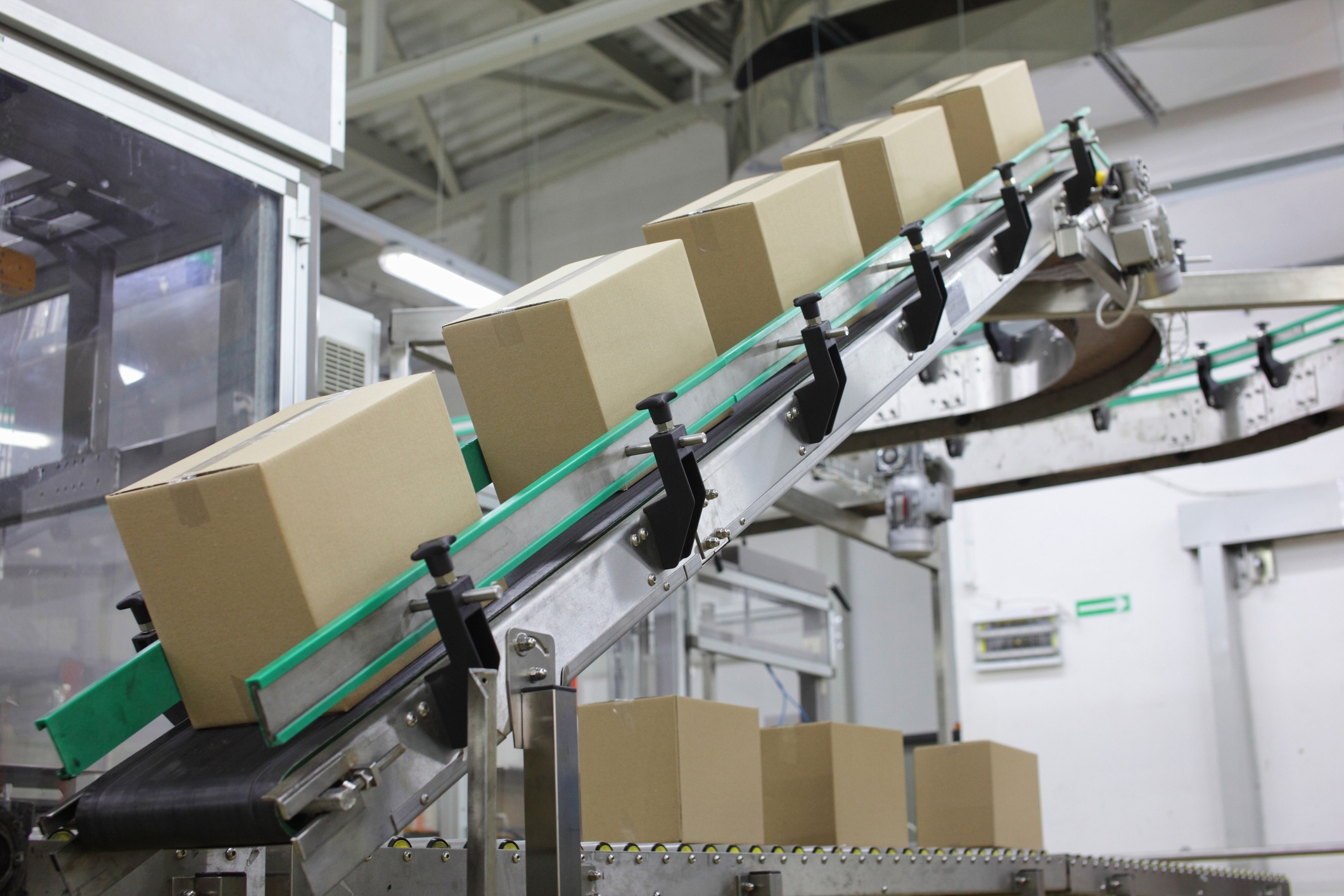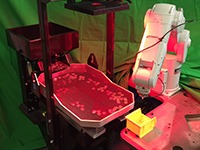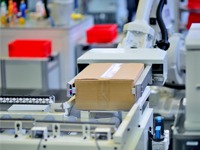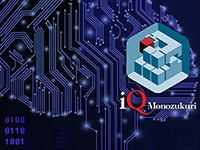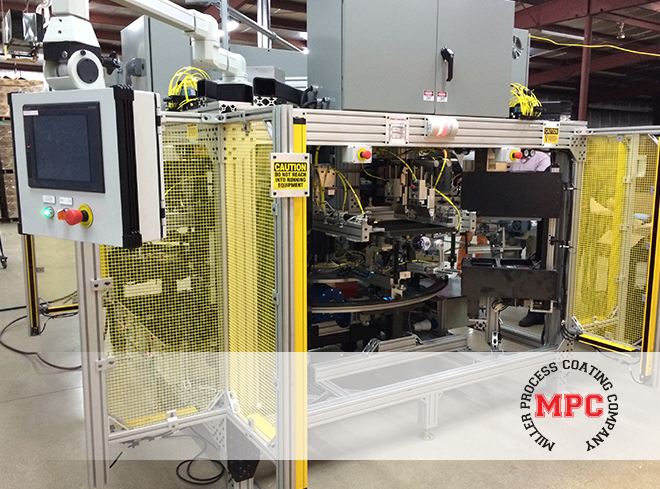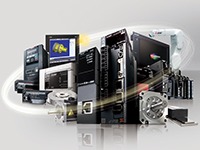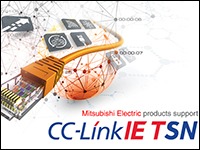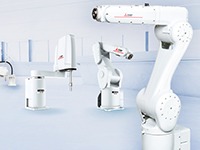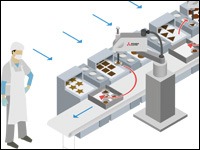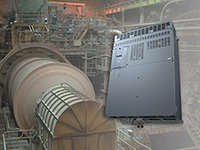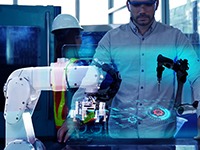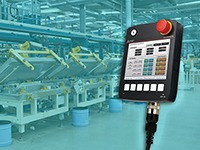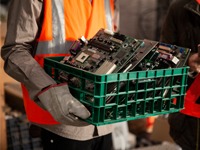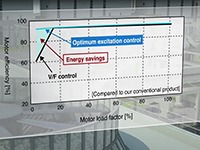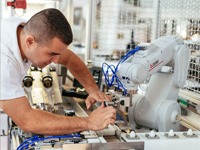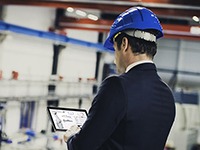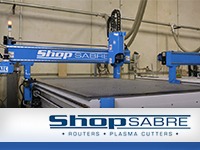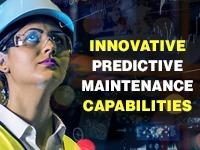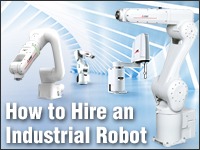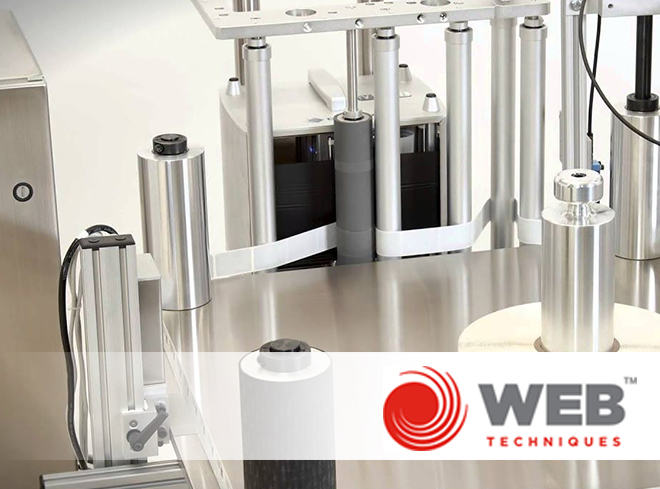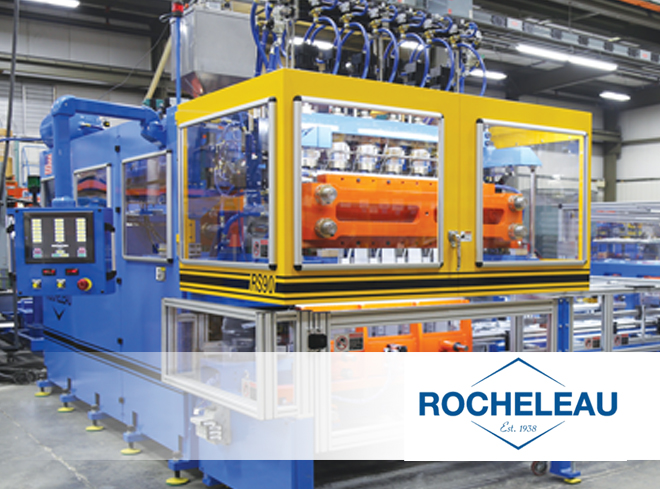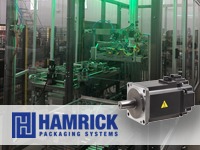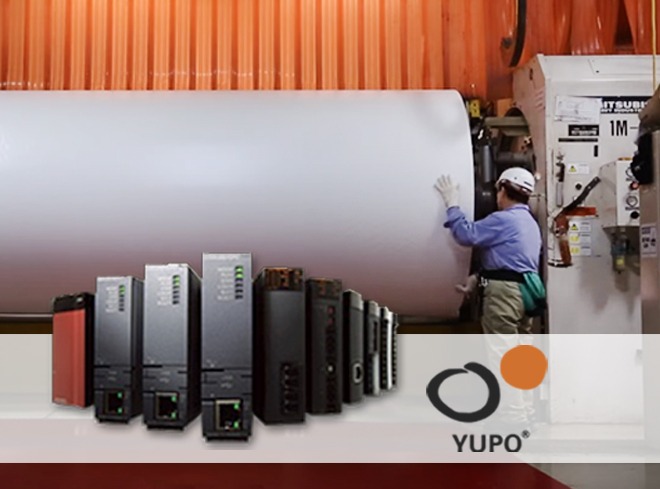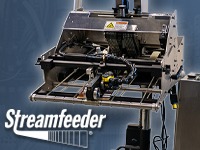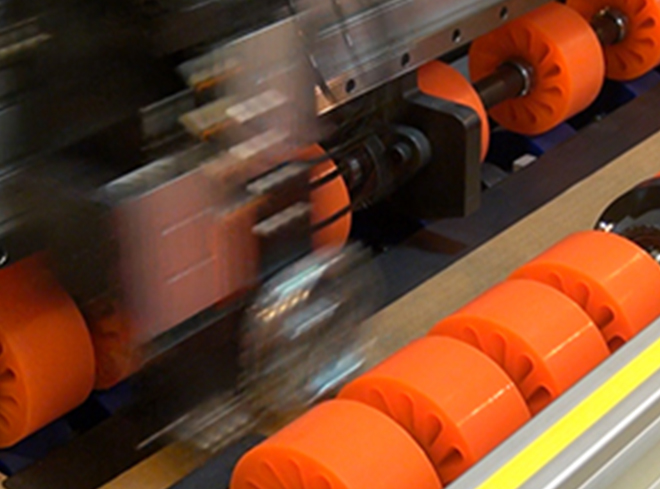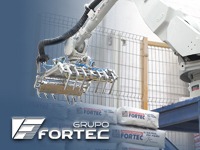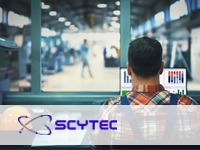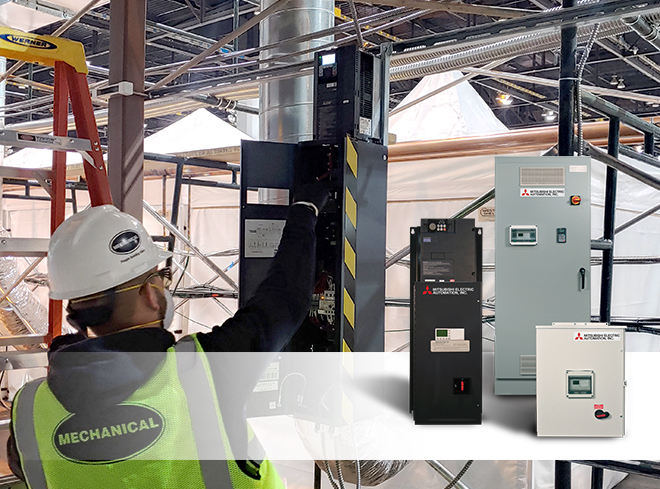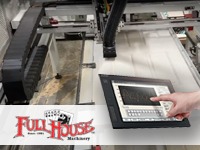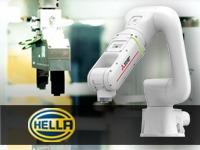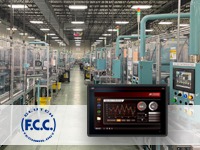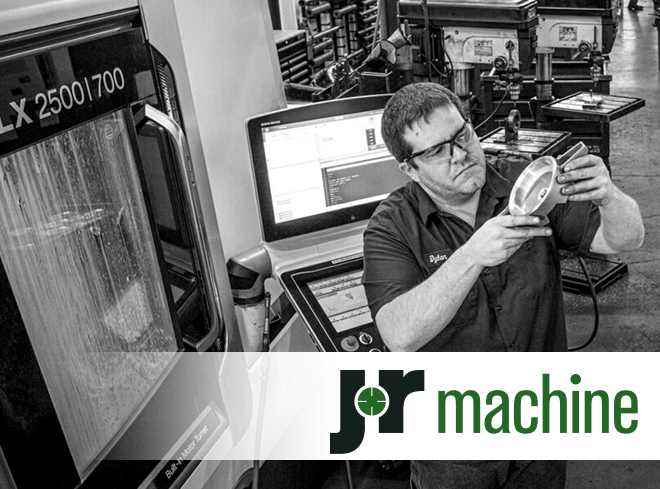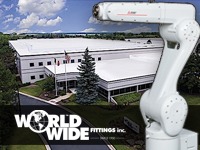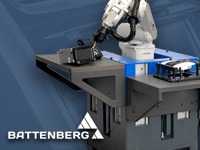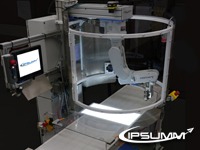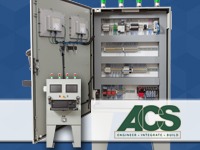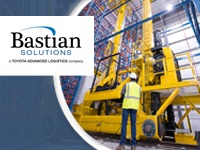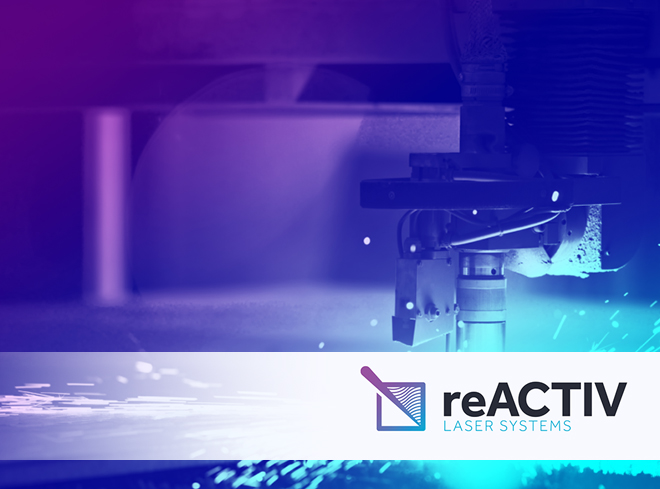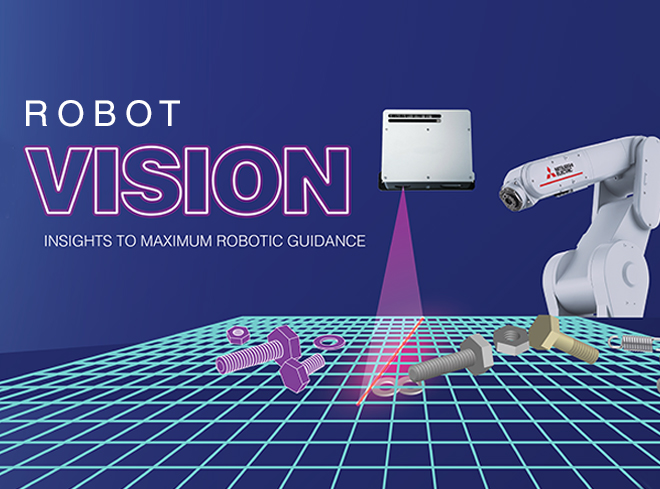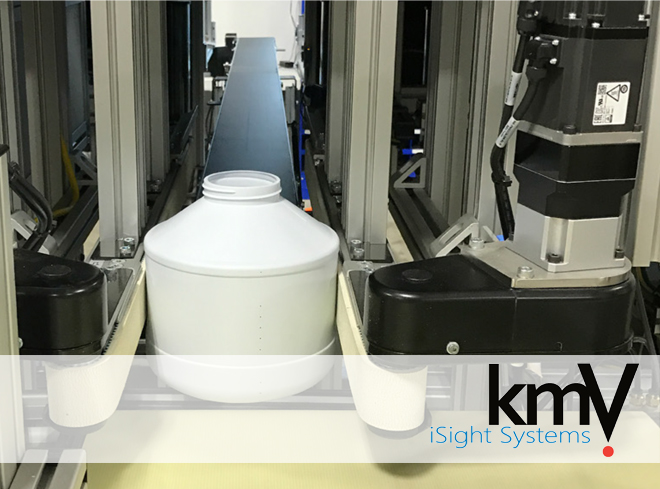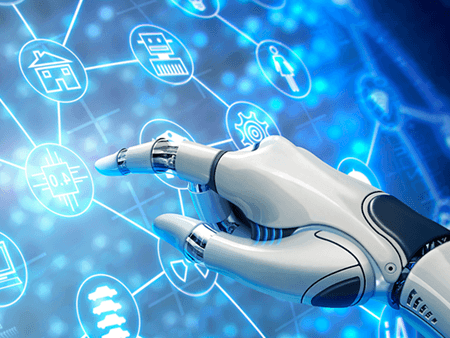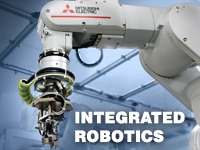
Original Equipment Manufacturers (OEMs) use these hacks for lowering manufacturing costs, mitigating labor shortages, and accelerating time to market.
Lifecycle management at the component level? Yeah. That’s a Thing. It’s common knowledge that lifecycle management for machines can save time, effort, and resources. It can also increase reliability, decrease unplanned downtime, and extend the life of machines. The same is true for automation components including programmable logic controllers (PLCs), robots, and human machine interfaces (HMIs).
What’s driving the adoption of lifecycle management all the way down to the component level? Global disruption on many fronts, which is driving digital transformation. New Research from ARC shows product lifecycle management (PLM) is part of a broader digital transformation strategy. In ARC’s Product Lifecycle Management Market Research Report, the key author says, “Despite the global pandemic, political unrest, climate change and macroeconomic uncertainty, companies are deploying PLM solutions to increase their operational resilience, agility, and efficiency.”
Certainly, other factors are at play here. Transformative technologies are increasing demand and creating capacity issues. Nationwide labor shortages, loss of experienced personnel, and margin pressures are also driving the need for more granular lifecycle management. It’s all converging to the point where OEMs need a better way forward. In other words, if your core competency is product innovation and design, and you’re hemorrhaging experienced engineers and can’t find replacements, you need to rethink the way things are done. The situation calls for a proactive and predictive development strategy that begins at the automation component level.
MELSOFT GX Works3 Software covers every lifecycle phase: design, startup, operation, and optimization.
Work smarter, not harder. Build better. Today, it’s not enough to have high-quality automation components. Advanced engineering software is now an essential ingredient for remaining competitive. When selecting engineering software, look for these essential attributes.
- A single programming environment for every phase of development – from design, to programming, debugging, and maintenance
- Advanced diagnostics for quickly identifying, communicating, and resolving issues even before team members arrive at the machine
- Advanced simulators that not only let you simulate the PLC logic, but also the HMI and 3D digital twins
With the right software, you can address challenges across the lifecycle of the component.
When the right software is used across the lifecycle of the component – during the design stage and all the way through startup, operation, and optimization – you can:
- Accelerate time-to-market
- Reduce commissioning time
- Cut downtime and maintenance costs
- Optimize runtime and overall equipment effectiveness (OEE)
DESIGN STAGE
This stage is all about reducing time-to-market. For the Design Stage, look for these time-savers.
- Intuitive drag & drop functionality makes configuration and programming much easier
- Custom function blocks & libraries make it easy to standardize and reuse code across different machines
- Advanced simulation makes it possible to program while the mechanical system is in design
- Modern HMI makes it possible to create advanced screens that intuitively communicate changes in status, which expedites testing
A convenient parts library lets engineers leverage existing code. The ability to register module parameters on the fly speeds this stage too. During programming, GX Works3 Software reduces repetitive program tasks. Debugging can be done offline with GX Works3 software using hardware simulation.
STARTUP STAGE
Startup is all about reducing time-to-commission. A key way to reduce commissioning time is by creating easy access to the data needed to fine tune your machine to the needs of the application. Web pages and other user interface tools give you access to the information needed to make adjustments. They can also tell you how those adjustments have affected your process.
For the Startup Stage, look for:
- System recorder module that simplifies troubleshooting by capturing and recording all program state changes based on a trigger
- HMI VFD/Servo templates, so operators have access to key VFD and Servo data for quicker install and troubleshooting
- PLC and HMI web server visualization, so you can accelerate troubleshooting with pre-built system webpages
- Custom web pages and interfaces that enable more efficient staff training by allowing staff to dial in a machine’s unique needs at a unique site
- Support for multiple languages, so startup tools can be used around the world
Custom web pages enable easy access to essential information.
OPERATE STAGE
During the Operate Stage, reducing downtime is key. All machines will go down at some point. Your software should have advanced diagnostic tools that help you quickly identify, communicate, and offer resolutions to team members before they even arrive at the machine. All of this is now possible and will only get better in the years to come.
Synchronized playback of program, waveform data, HMI (screens, operation logs, alarm history) can help you identify even the most elusive errors.
An important capability in the Operate Stage? Event recorder modules that fully record and sync up the program state changes (electrical) and a camera (mechanical) for a set amount of time before and after an event takes place. This will give you a full digital and electrical record of what took place before and after an event and is key in identifying root causes for even the most elusive errors.
An event recorder module uses the PLC program, HMI software, and a camera to step through the events leading up to an error.
Other key capabilities to look for include:
- Predictive maintenance for monitoring critical sensor data and providing feedback when anomalies occur. Look for techniques such as high/low process control and Guard Band as well as advanced capabilities like MT or MLR. You should also be able to visualize feedback on the HMIs or the software should be able to send alarms via text or email via an IoT gateway.
- HMI backup & restore so that when lightning strikes, you can quickly download your VFD parameters from the HMI.
- Enterprise system integration for issuing service tickets and informing maintenance staff the way they want to be informed.
- HMI mobile and reporting capabilities for remote/offsite monitoring via tablet or PC and reporting events or operational anomalies.
OPTIMIZE STAGE
The final stage is all about having actionable data to drive intelligent business decisions. For the OPTIMIZE STAGE, look for:
- Advanced data collection, which requires high-bandwidth connectivity for sharing vast amounts of data
- Advanced data reporting that can produce the reports in real-time, so you have them when you need them
- Advanced data analysis enabled by artificial intelligence
- Advanced process optimization for communicating data analysis back to the components to enable continuous improvement cycles
Optimization is a cyclical process. There is always room for improvement.
Trouble-free engineering is possible with component-level lifecycle management. It can improve every phase of development and help you deliver high-quality, low-maintenance machines at scale. It can also help you:
- Mitigate risk in the technology lifecycle
- Extend your machine’s period of profitability
- Lower service costs with predictive maintenance
- Increase customer loyalty
Improve Design and Installation Efficiency with Digital Twinning
Digital twinning at the component level? Yeah. That’s a thing too.
Digital twin technology has come a long way. Simulations are easier and more affordable to create and simulations are more accurate. Using a new edge and cloud computing application, engineers can create digital components and use them to evaluate performance, make equipment adjustments, and troubleshoot issues before physical prototypes are even built.
Mitsubishi Electric’s new 3D Simulator reveals visible “results” before launch.
The technology enablers for component-level digital twinning include:
- 3D simulator software
- Real-time data and analysis at the edge and in the cloud
- Machine learning enabled at the edge and saved in the cloud
Control logic can be checked in 3D by synchronizing the 3D Simulator and MELSOFT Simulator operations.
What if you could perform pre-verification without a machine? It’s possible. In fact, you can simulate the control of:
- PLCs
- Motion controllers
- Robots
- HMIs
This can shorten the on-site adjustment period and help you avoid major delays.
Speed the process from product planning to commercialization, while reducing the labor time for rework, using component-level digital twinning technology.
Machines can be simulated prior to install to greatly reduce startup. For example, if an error is found during the pre-verification process, engineers can view PLC sequence programs or look at operational waveforms and video.
Using a 3D simulator slashes development costs and propels time to market.
When you use digital twinning at the component level for system design and on-site adjustments, you can slash development costs and propel time-to-market. On average, conventional design and startup phases take 40 weeks. Adding a 3D simulator to design and startup shaves six weeks off the work period. That’s six weeks, skilled personnel can spend on the next project!
ICONICS, a Mitsubishi Electric Company, makes SCADA data accessible – any time, anywhere, and on any device.
Automating Optimization in an Age of Continuous Disruption.
Collect, visualize, and analyze data to optimize everything.
In an age of ongoing volatility, continuous optimization is becoming business-critical. Enabling continuous optimization requires connecting data across your enterprise. That’s what Industry 4.0 – the Internet of Things – is all about. Data-driven optimization.
Technologies required for automating optimization.
Of course, using data to optimize everything – components, machines, and operations – requires:
- Sensors, high-speed, high-capacity networks and edge computing
- IoT-enabled control equipment, servos, robots, and HMIs
- Automation software and engineering tools
- Artificial intelligence (AI), machine learning, and cybersecurity
Data everywhere means insights everywhere – even at the component level. These insights can help you enable smarter operations and higher performance at lower costs. It can also lower energy usage, increase availability and extend machine life. Of course, doing all of this at scale requires the automation of optimization.
Automating optimization for continuous improvement can be applied to equipment, workers, lines, factories, and supply chains.
On the journey to automated optimization, you will need to determine your data maturity level and what you want to do with the data you have.
- Do you want to extend the life of your machines?
- Accelerate production lines?
- Enable smart manufacturing?
- Eliminate out-of-stocks in your supply chain?
The scope of your goal and the data stage required to achieve that goal will impact the cost. One thing is clear though. Success in an age of continuous disruption and a shrinking workforce, necessitates becoming a data-driven organization that uses data to automate optimization.
The ICONICS Suite can be used to automate optimization of everything from equipment to multiple production sites.
Work with Us and Succeed
We love our customers and the challenges they bring to us. We also like to let our customers shine by discussing how we worked together to solve their biggest challenges. If you have a challenge that needs to be solved and would like to be our next BIG success story, reach out to us and let’s connect!

